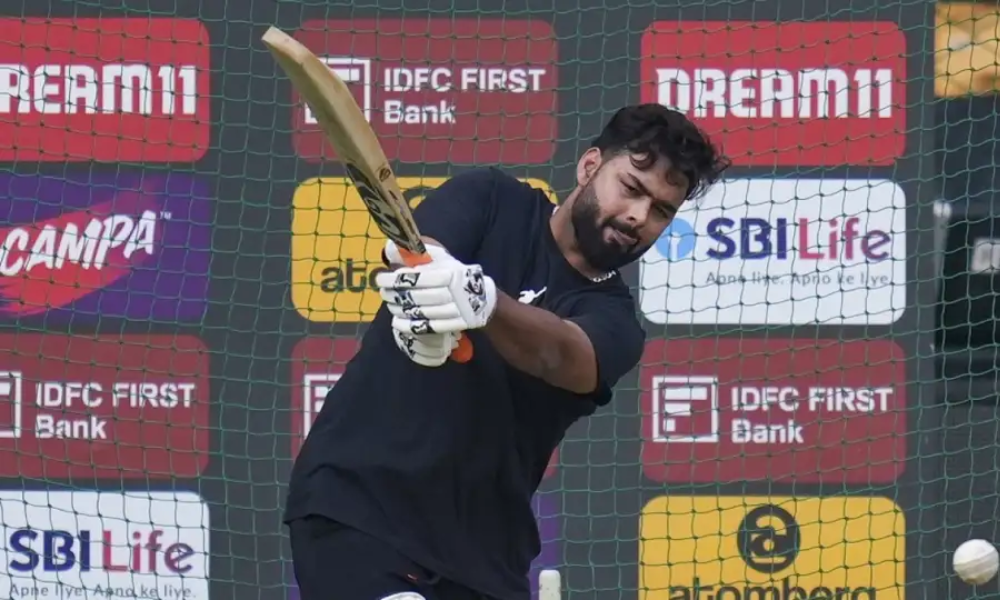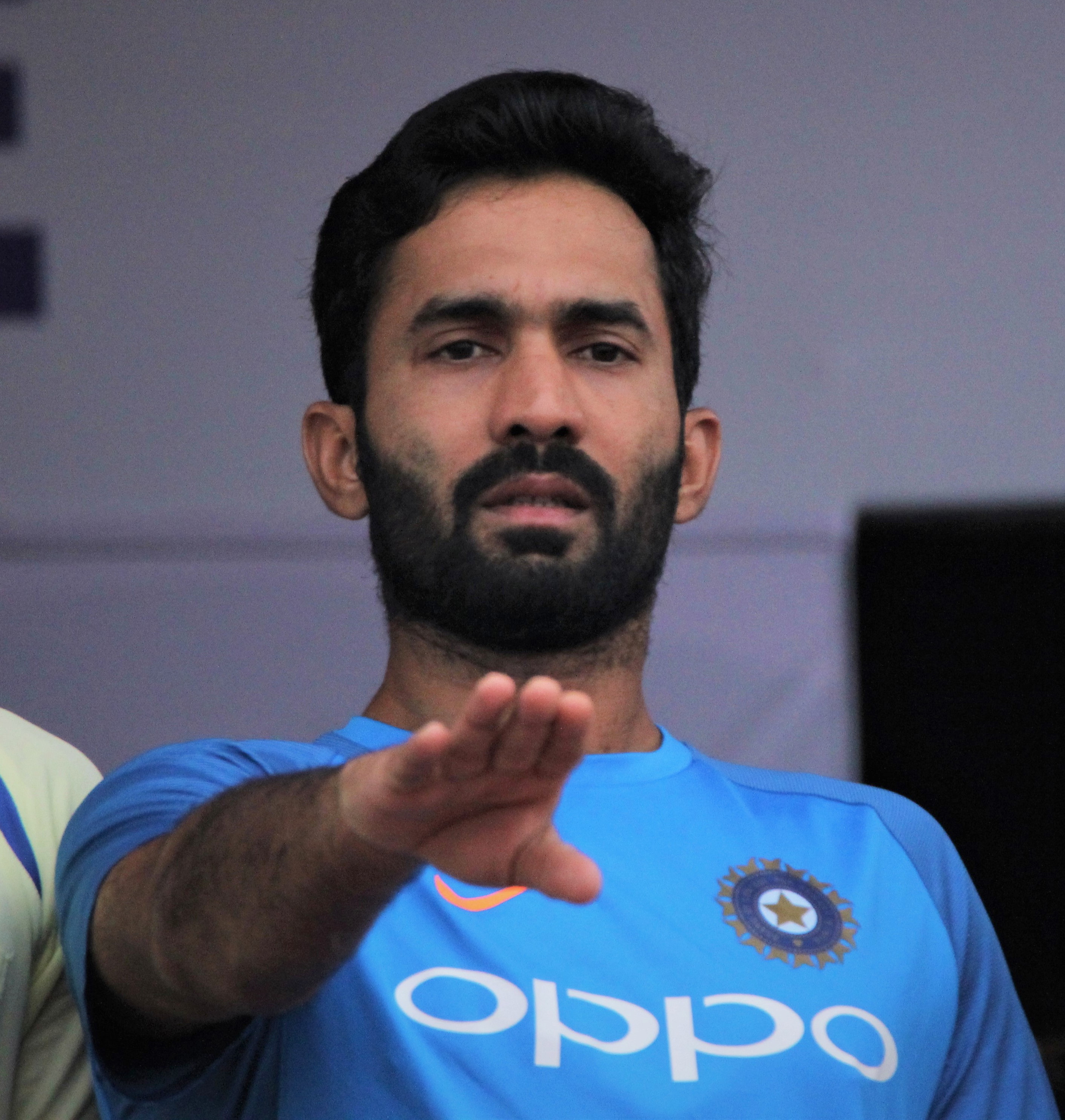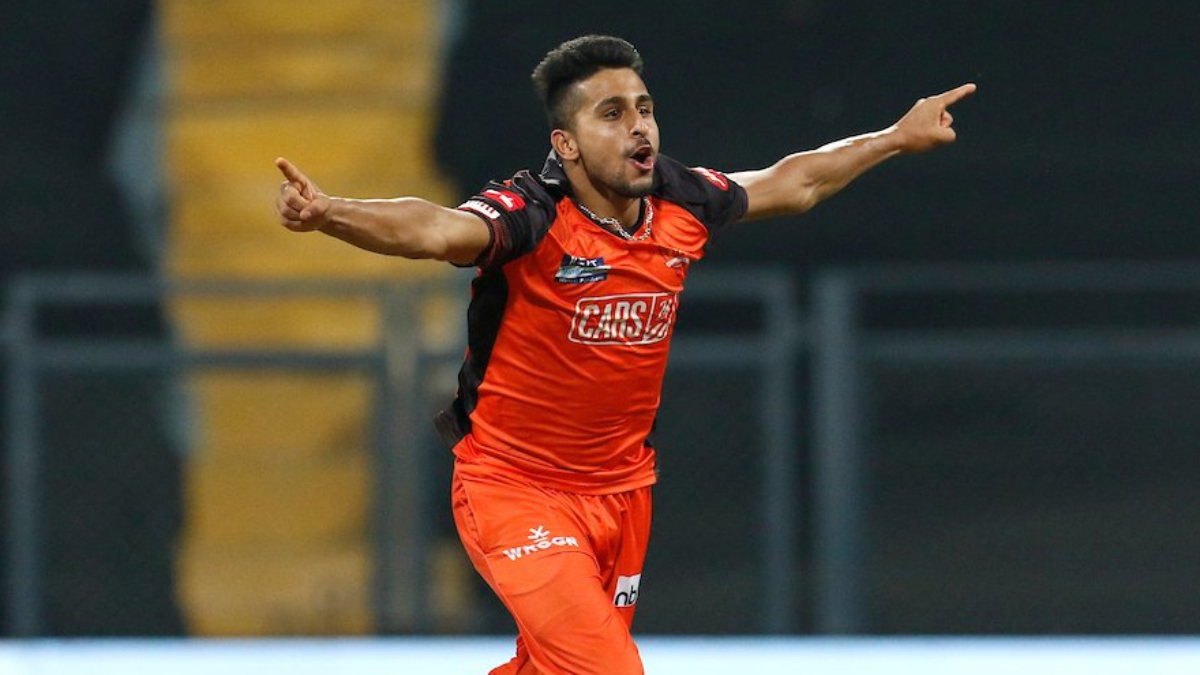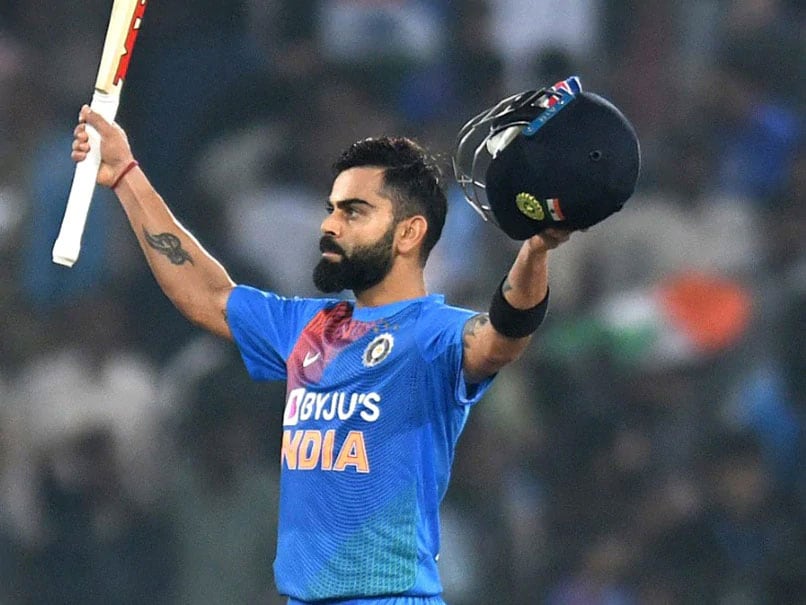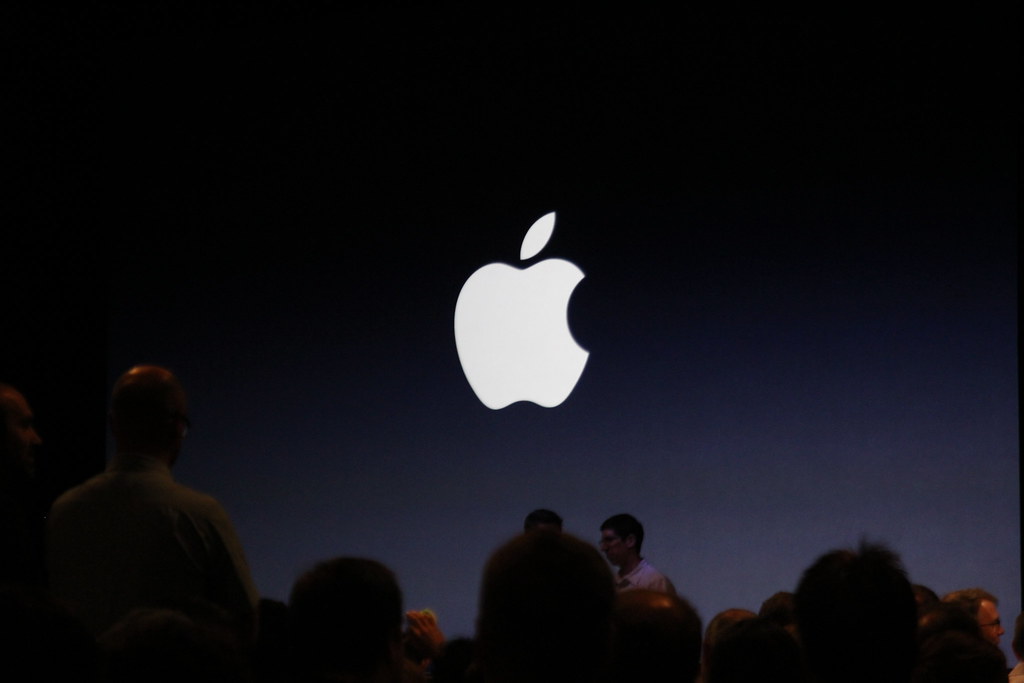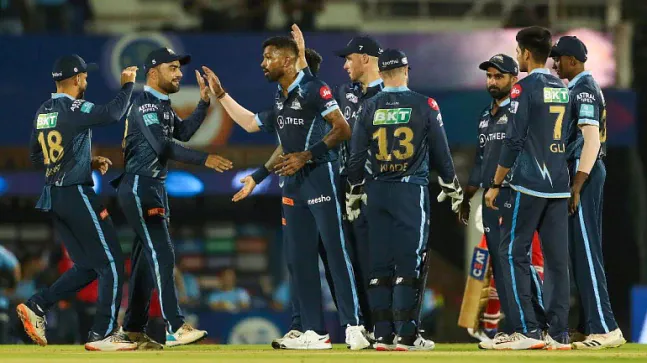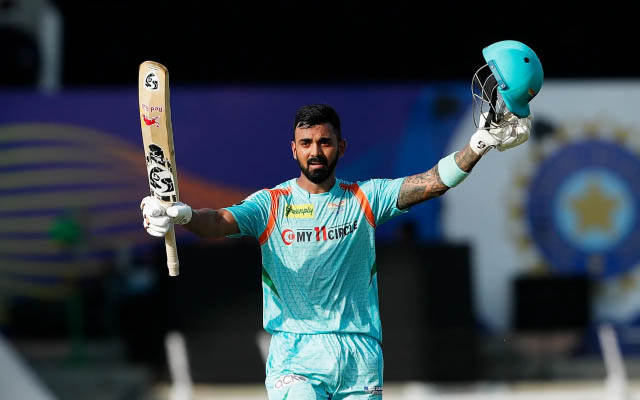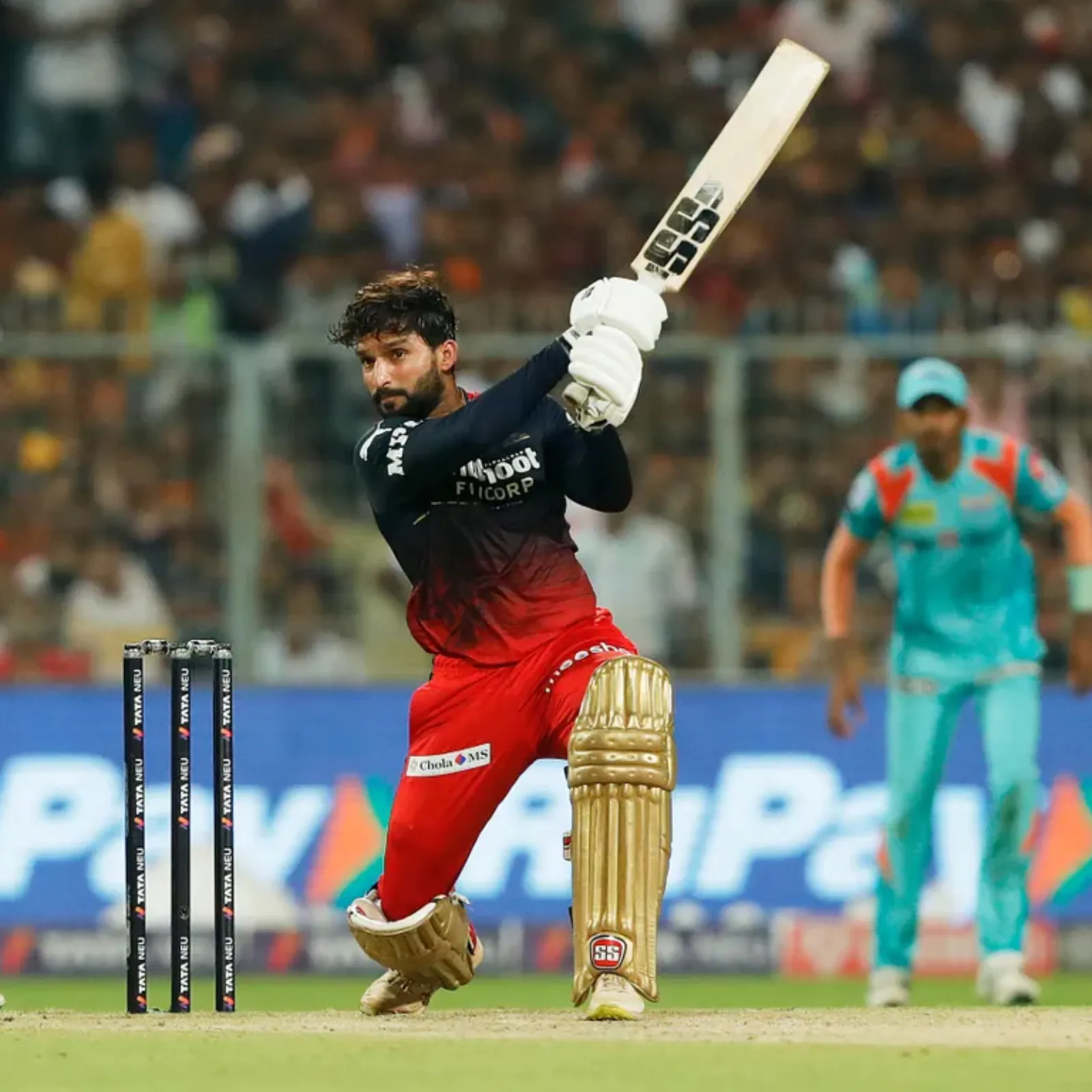SportsBroadcasting StreamingServices OTTPlatforms SecondScreenExperience
In the ever-evolving landscape of sports broadcasting, traditional television models are giving way to innovative digital platforms, ushering in a new era of viewing experiences. With the rise of streaming services, Over-The-Top (OTT) platforms, and interactive technologies, fans now have more options than ever to engage with their favorite sports content. In this blog, we'll explore the future of sports broadcasting, examining the trends shaping the industry and the impact on viewers worldwide.
The Shift Towards Streaming and OTT Platforms
In recent years, streaming services and OTT platforms have transformed the way sports content is consumed. These platforms offer viewers the flexibility to watch games and events on their own terms, whether it's live or on-demand, across a variety of devices, from smartphones and tablets to smart TVs and gaming consoles. This shift has been driven by several factors:
1. Convenience and Accessibility:
Streaming services provide unparalleled convenience, allowing fans to access sports content anytime, anywhere. Whether it's catching a live game during a commute or replaying highlights on the go, viewers no longer need to be tethered to their living room TVs to enjoy their favorite sports.
2. Personalization and Customization:
OTT platforms offer personalized experiences tailored to individual preferences. From curated content recommendations to interactive features like customizable camera angles and instant replays, viewers can tailor their viewing experience to suit their preferences, enhancing engagement and immersion.
3. Diverse Content Offerings:
Streaming services boast a diverse range of sports content beyond traditional broadcasts, including exclusive coverage of niche sports, documentaries, behind-the-scenes footage, and original programming. This diverse array of content appeals to a broader audience, catering to fans with varied interests and tastes.
The Rise of Interactive Viewing Experiences
In addition to streaming and OTT platforms, advancements in technology have paved the way for interactive viewing experiences that blur the lines between passive consumption and active participation. These innovations are reshaping the way fans engage with sports content:
1. Second Screen Experiences:
Many sports broadcasters now offer companion apps and second-screen experiences that complement live broadcasts. These apps provide real-time stats, player profiles, interactive polls, and social media integration, allowing viewers to engage with the game in new and immersive ways while watching on their primary screen.
2. Augmented Reality (AR) and Virtual Reality (VR):
AR and VR technologies are revolutionizing sports broadcasting by offering immersive and interactive experiences. From VR live streams that transport viewers to the best seats in the stadium to AR overlays that provide real-time player stats and analysis, these technologies enhance the viewing experience and bring fans closer to the action.
3. Gamification and Social Interaction:
Sports broadcasters are leveraging gamification and social interaction to foster community engagement and create shared viewing experiences. From fantasy sports leagues and prediction games to live chatrooms and fan forums, these interactive elements add a new dimension to sports viewing, fostering camaraderie and competition among fans.
The Future Outlook
Looking ahead, the future of sports broadcasting is poised to be even more dynamic and immersive, driven by continued advancements in technology and shifting consumer preferences. Key trends shaping the future of the industry include:
- 5G and Edge Computing: The rollout of 5G networks and edge computing will enable faster streaming speeds, lower latency, and enhanced interactivity, opening up new possibilities for immersive sports experiences.
- Artificial Intelligence (AI) and Machine Learning: AI-driven content recommendations, personalized highlights, and predictive analytics will further tailor the viewing experience to individual preferences, creating more engaging and relevant content for viewers.
- Emerging Technologies: Innovations such as holographic displays, wearables, and spatial computing have the potential to redefine the way sports content is consumed, offering unprecedented levels of immersion and interactivity.
In conclusion, the future of sports broadcasting is characterized by unprecedented levels of innovation, interactivity, and personalization. Streaming services, OTT platforms, and interactive technologies are transforming the way fans engage with sports content, offering greater convenience, customization, and immersion than ever before. As the industry continues to evolve, one thing is certain: the future of sports broadcasting is bright, promising exciting new experiences for sports fans around the globe.
Powered by: Oh! Puhleeez Branding Agency & NowUpskill
SportsBroadcasting StreamingServices OTTPlatforms SecondScreenExperience





























































